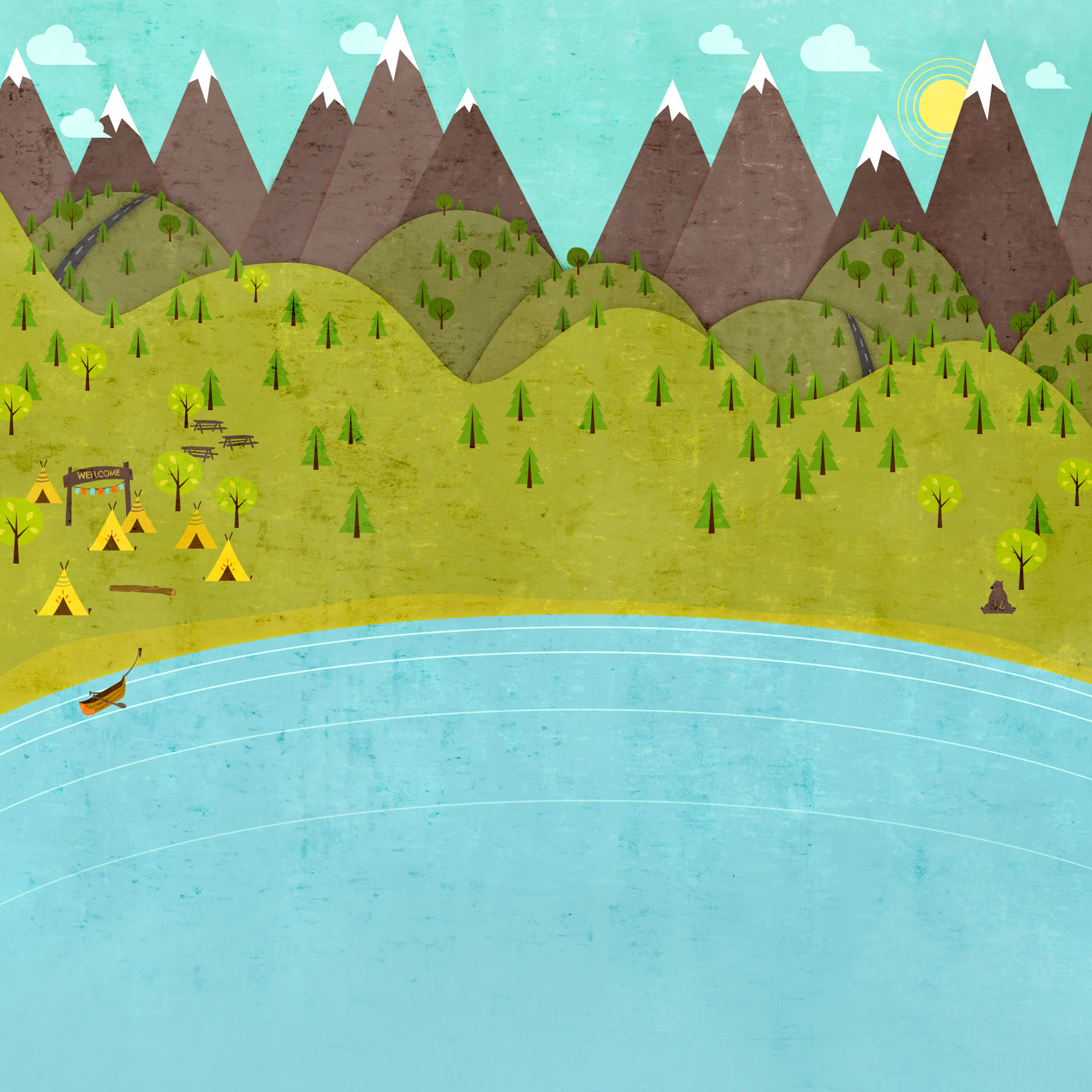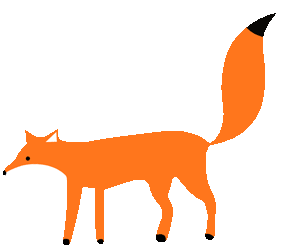
Arts Education

The creative music approach was developed by George Self, John Paynter, and Murray Schafer. The creative music approach is where children are able to explore sounds and instruments, without knowing or even unstanding notations and the musical elements, as John Paynter suggests ‘… music isn’t crotchets and quavers. It’s not dots on paper: it is sounds. The sounds come first and there are many ways of creating music without ever writing it down’ (1972). Yet, through this exploration, children are able to gain an understanding of what they are doing as they gradually create a beat or a rhythm. This is then further developed through the added use of notations. Through this use of exploration of music, children are able to be completed emerged and engaged, as well as feeling in an encouraging work place. Murray Schafer also suggests that teachers can guide children to think about music, yet still let them feel in control, by asking these "Types of questions:
1 Silence is elusive: try to find it.
2 Write down all the sounds you hear.
3 Find an interesting sound.
4 Find an interesting sound consisting of a dull thud followed by a high twitter.
5 Find a sound which passes by you from south-west to north-east.
6 Demonstrate the experience of time.
7 Let five sounds inhabit two minutes.
8 Place a single sound in a profound container of silence.
You will notice that these problems are progressively limiting. They force the student to concentrate harder. But they always permit unlimited solutions."
(Schafer 1972, p. 4)

What is it?
Creative Music
Approach
The creative music approach would be the ideal place to start with young children, not only for them to explore but as a teacher to see what level they are on with how they interact with music and instruments. It is also a good way for children to learn if they are beginning to learn a new instrument, by playing around with it and exploring the endless possibilities it can make.

How can it be used?
Key Terms
SOUNDS
a noise, vocal utterance, musical tone, or the like.
NOTATIONS
a system of graphic symbols for specialized use, other than ordinary writing.
BEAT
a throb or pulsation.
RHYTHM
movement or procedure
with uniform or patterned recurrence of a beat ,
accent, or the like.









